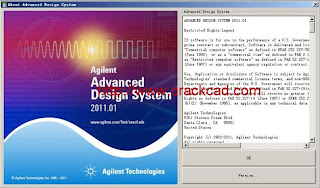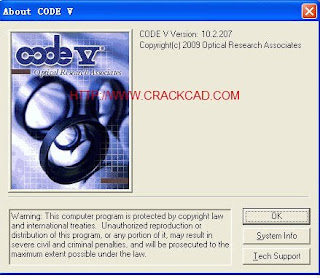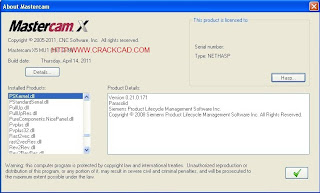
ADS 2011 brings you the following exciting enhancements:
10x speedup in planar 3D electromagnetic simulation
10x speedup in non-linear circuit simulation
Patent pending convolution technology that allows accurate signal integrity simulation with measured S-parameter data of high-speed interconnects
New Simulation Models and Libraries
Further improvement in graphical user interface
The combined benefits of all the above translates to at least a doubling of your design productivity.
10x speedup in planar 3D electromagnetic simulation
The 3D planar EM simulator, Momentum, in ADS 2011 now has at least 10x speed improvement and 6x capacity improvement. This enables you to use electromagnetic simulation as an interactive design tool instead of a sign-off verification tool before hardware prototyping. The high speed of Momentum simulation now allows multiple design explorations to be accomplished easily.
An example of a wireless LAN transceiver simulation where the chip area is minimized by 32% by packing the 11 spiral inductors closer together. This translates to a corresponding 32% reduction in the cost of the 802.11/b transceiver RFIC.
The simulation took just 2.3 minutes with 650MB of RAM as compared to 38 minutes with 1.2GB of RAM in earlier versions of Momentum. This 15x speed improvement allows for interactive placement of the inductors with their proximity effects analyzed very quickly achieving the overall 32% die size reduction.
10x speedup in non-linear circuit simulation
The already powerful harmonic balance simulator in ADS just received additional algorithmic enhancements from Agilent EEsof’s recent acquisition of Xpedion GoldenGate, who has the world’s fastest and highest capacity harmonic balance simulator. Now the harmonic balance simulator in ADS 2009 update 1 can handle bigger circuits and solve them 10x faster. For example, a large RFIC with over 2000 nonlinear elements and over 2000 large signal sources is solved within 250 seconds as compared to 2,485 seconds in the previous versions. The speed and capacity improvements are especially important for fast optimization of large RF-System-In-Package (SIP), MMIC and RFIC to meet higher levels of integration and performance demanded by consumer wireless electronics today.
New Simulation Models and Libraries
The following new models and libraries are now in ADS2011:
PSP and HiSIM transistor models for accurate nano-scale (30nm, 45nm) RFIC simulation
Triquint TOM4 latest III-IV FET model optimized for PHEMT technologies to accurately model highly non-linear behavior
Models for gigabit serial link signal integrity analysis:
HSPICE W-elements
IBIS switches
Verilog AMS
De-embedding element for easy removal of test fixture effects
Impulse response model writer


